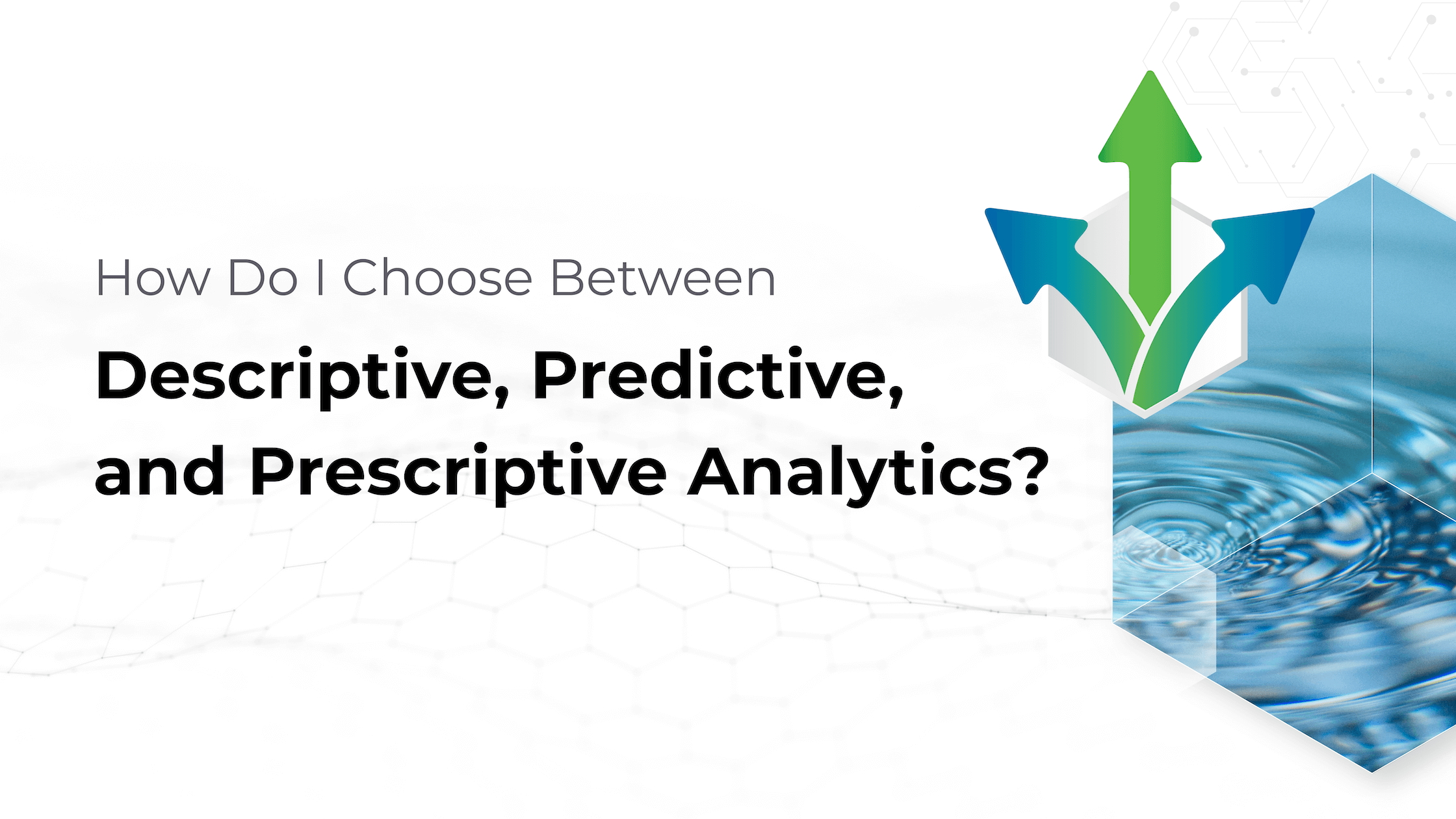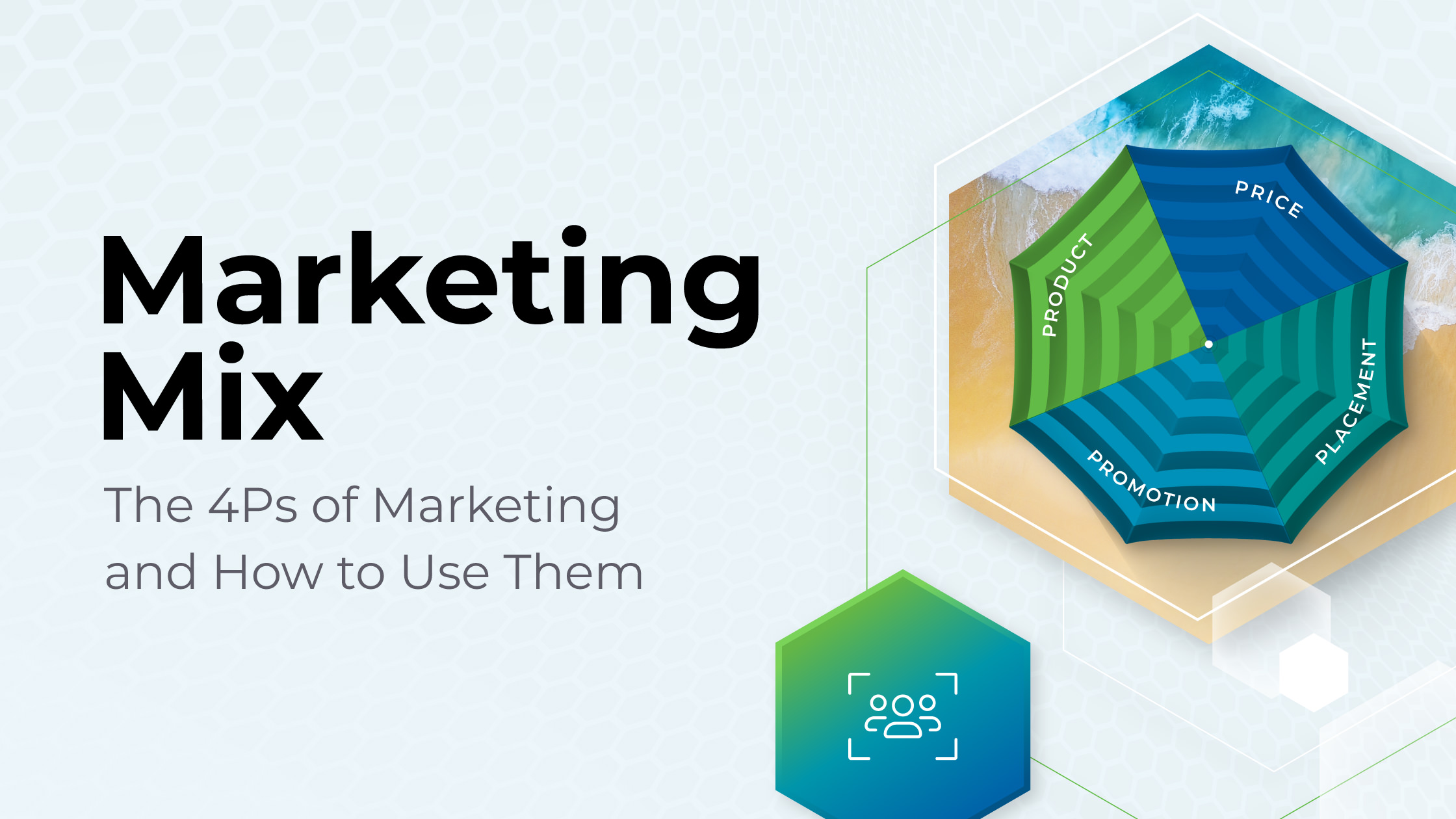
Author: Steve Lock
Firstly, a quick primer on descriptive, predictive, and prescriptive analytics.
Initially, they can be confusing if you aren’t familiar with the terms, but by the end of this post, it will all become clear.
Descriptive Analytics
This is probably the most common type of reporting request I tend to see. It focuses on historical performance and what has happened.
For example, if there are a series of tasks to review the last 12 months’ marketing performance, look for trends and actual results against goals this is descriptive analytics. Due to how common this analysis is I’d expect this to be the easiest of the three types on average (depending on how hard it is to pull the data, the data quality and the level of detail of course!).
Predictive Analytics
This type of analysis is also fairly common, although would typically be assigned to an analyst or team member with solid data skills. It focuses on forecasting what will happen in the future.
From experience, there can be a huge range of effort and complexity involved in these tasks from basic spreadsheet-based models to machine learning and time series analysis.
This is most common in businesses as part of planning and budget processes usually trying to tie activity and investments to revenue. However, good forecasting can be used as a flexible tool for many areas from customer churn to forecasting revenue from sales pipelines and almost anything you can think of as long as the data is clean of course!
Prescriptive Analytics
This type of analytics is typically considered the most difficult and tends to require the most expertise.
It focuses on recommendations and can work well when data insights are combined with domain expertise if you have experienced team members. Approaches can range from heuristics to advanced machine learning models. Use cases can include simulating scenarios, marketing mix modeling, scoring models and decision-making rules.
Choosing The Best Approaches
Now that we’re clear on the different types of analytics, we’d recommend the following:
- Most organizations should use a combination. Logically, you’d start with descriptive, then build forecasting, then prescriptive analytics focusing on developing a strong foundation with the best possible data quality. It’s better to have basic models with clean data than advanced models with poor-quality data.
- For picking one type of analytics it would make the most sense to focus on a specific area such as a deep-dive into predictive analytics for a sales forecasting project. If project-based it would also be a great fit to have deliverables such as dashboards and automation for the best returns.
If your current Data Analytics team isn't producing revenue-driving results, let's talk. Our Data Analytics Consulting experts are industry leaders in measurable ROI.




